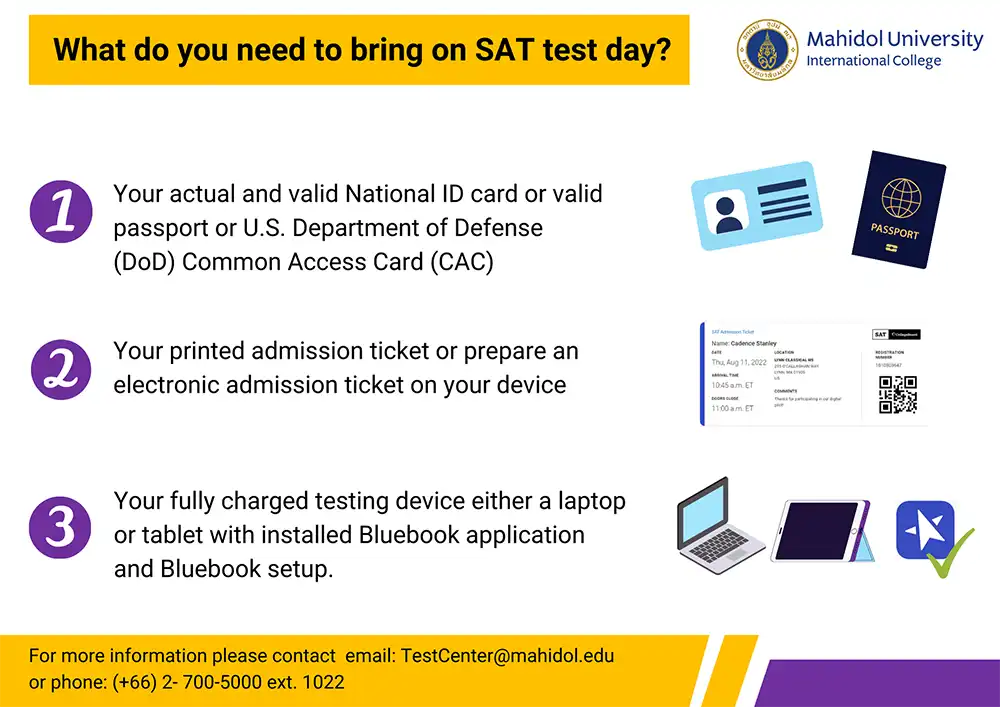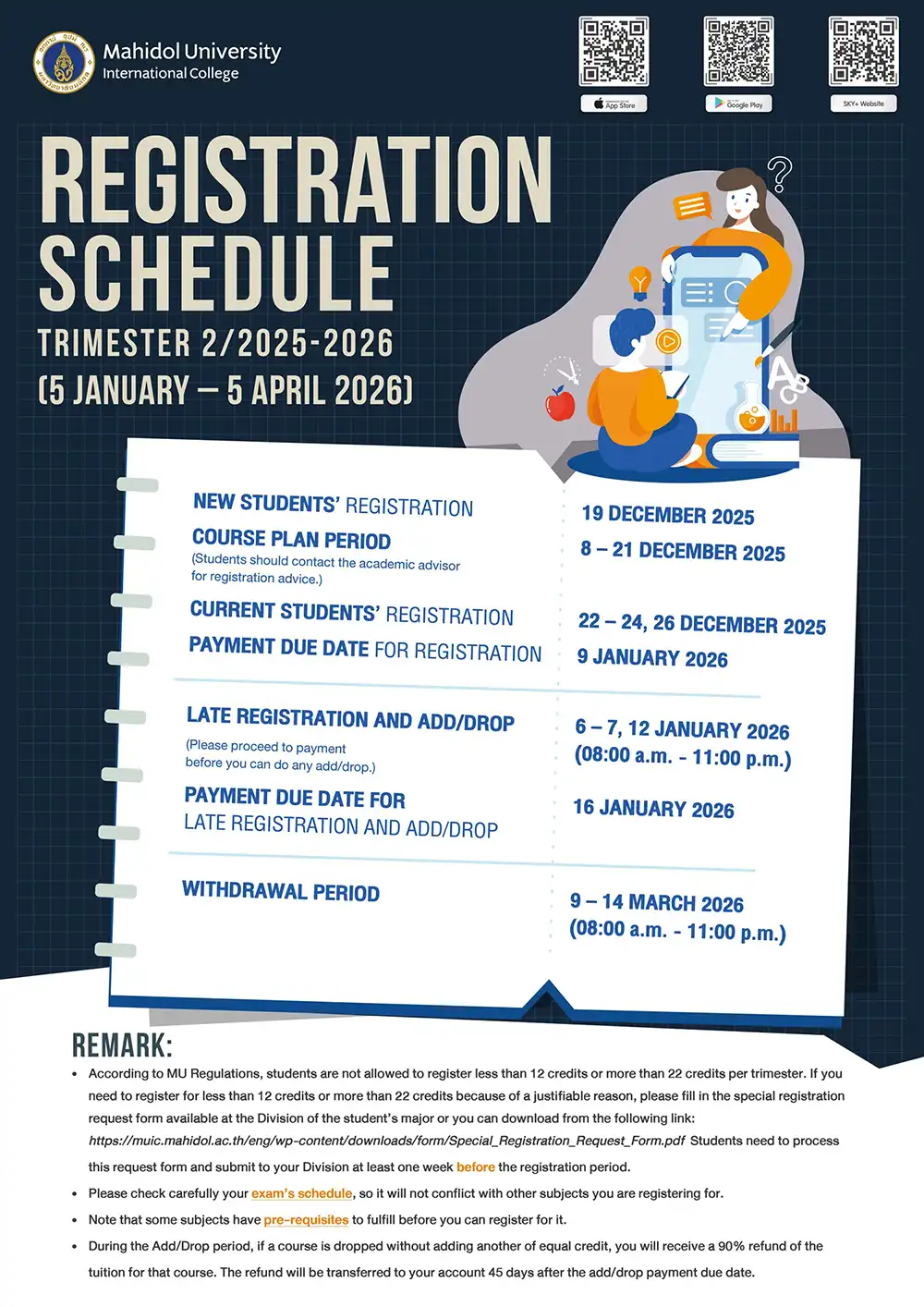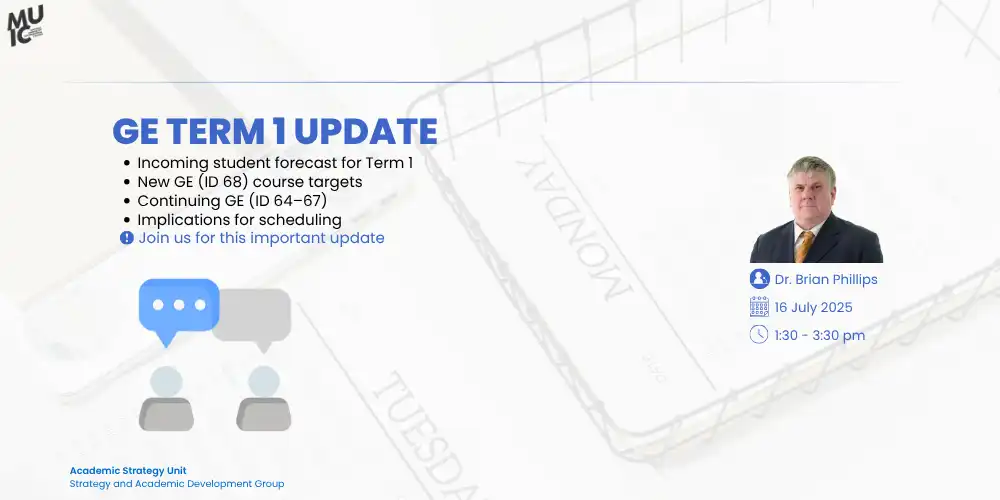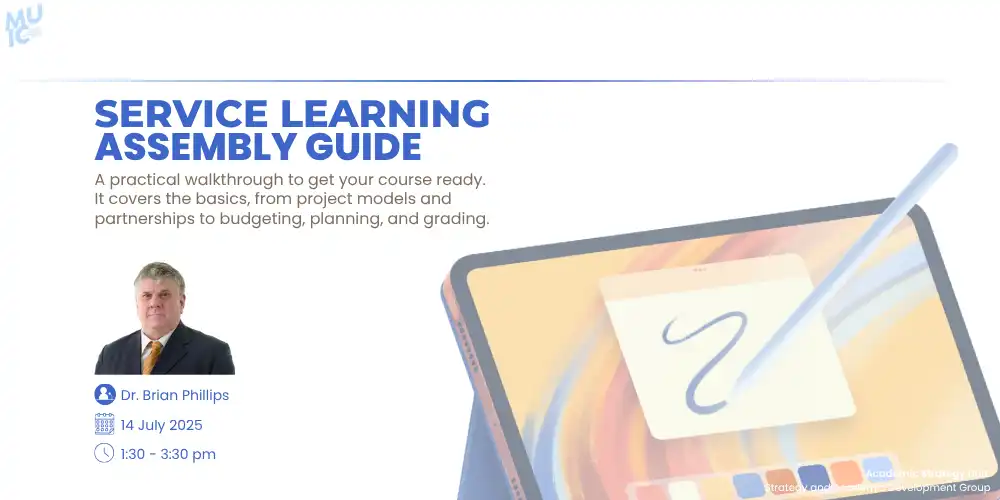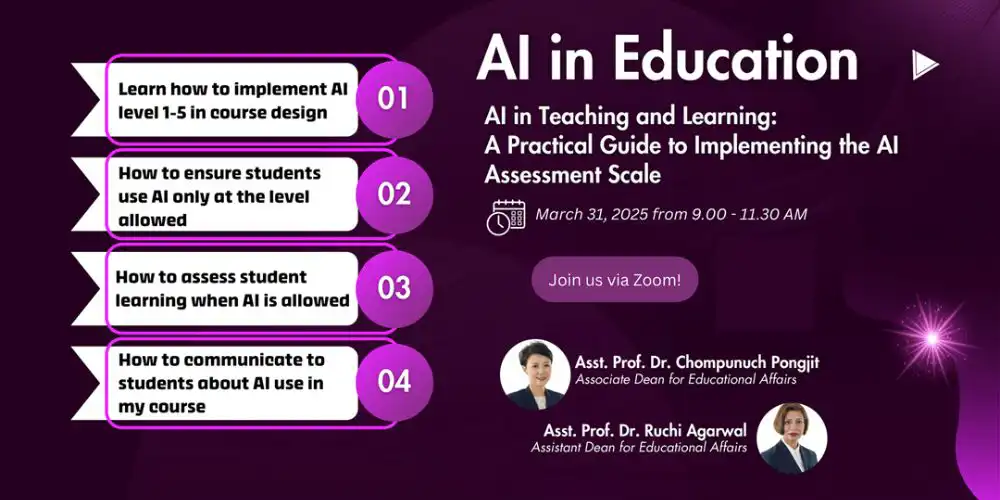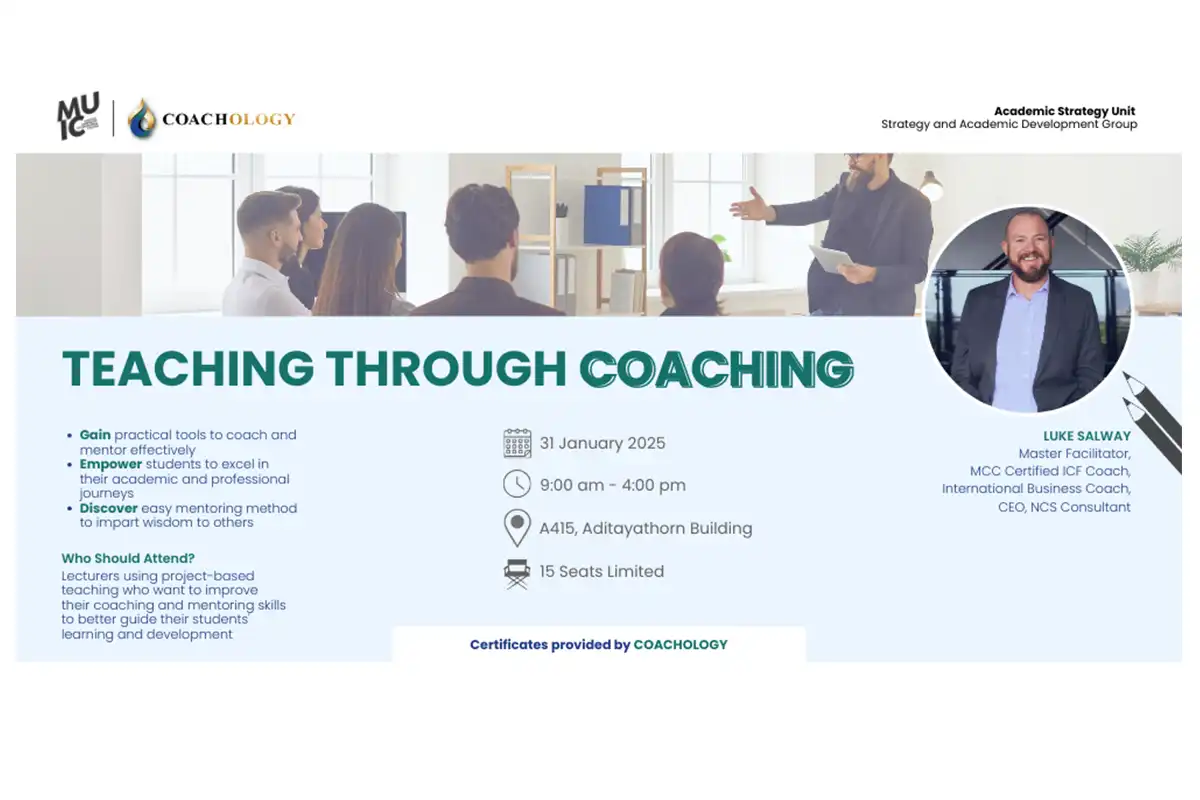Workshop 10: TIPS for successful online classes in e-Learning (Q&A/ practical guides)
March 22, 2022 2022-03-22 13:02Workshop 10: TIPS for successful online classes in e-Learning (Q&A/ practical guides)
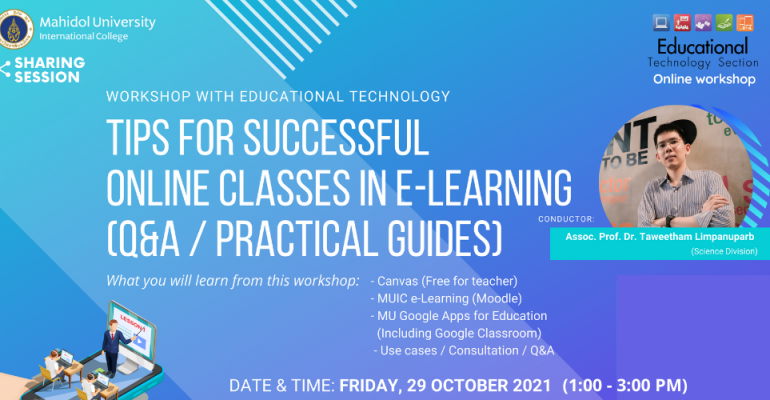
Workshop 10: TIPS for successful online classes in e-Learning (Q&A/ practical guides)
Title: TIPS for successful online classes in e-Learning (Q&A/ practical guides)
Date & Time: Friday, 29 October 2021 from 1.00 – 3.00 p.m.
Conductors: Assoc. Prof. Dr. Taweetham Limpanuparb

The Strategy and Academic Development under the OAA and the EdTech organized the 4th workshop (the academic year of 2021-2022) entitled ‘TIPS for successful online classes in e-Learning (Q&A/ practical guides)’. This sharing session was held to share tips for successful online classes using LMS and offer a platform where lecturers can engage in intensive discussion and activity on online learning.
Even before the launch of the internet, e-Learning’s principle has been seen throughout the history of education. In the late 20th century, the rise of the internet and personal computers has been continuously developed to reach a wider range of learners who were unable to attend the traditional classroom and started offering more interactive learning experiences. However, despite witnessing the attempts to implement click into brick classrooms for decades, Thailand has never been really offered full-fledged online courses until recently, when every institution has been thrust unforeseeably into e-Learning experiment, amidst the Covid-19 pandemic.
Today, the advancing technologies introduce a number of achievements in the educational field. The development of online repositories, interactive online tools, learning management systems (LMS), and social media applications do help students learn faster as well as get easily connected with no cost involved. Through e-Learning became the common standard in every level of education, relevant parties are still in search of best practices when it comes to integrating/implement e-Learning into the courses.
When the plates are so packed-full and we have so much to offer, rather than grabbing any tools available out there, it’s more important to start asking yourself the “right” question – Does my course really need to go online? Is it really needed? The shift to e-Learning is for students’ benefits and not only for sake of having it. Thus, there’s no right or wrong whether the course really needs e-Learning, or what level of e-learning does it require, rather, think about using the right tool, for the right job, in the right way.
When you decide to go online, remember to navigate the available tools, features, conditions, and limitations that can facilitate or impede learning. The best practice is to discuss with your institutions what’s already been on the table, what they have offered, instead of fancy technology, to make sure that you’ll get the necessary support when running your online course. Or explore the online community of such tools to see how expansive and rich of resources, and engagement of its members.
One of the tips for successful online learning lies in the use of LMS. LMS is now more like a platform where teachers and learners can collaboratively work together using different tools. Tons of features provided in one single LMS allow teachers to consolidate resources, share and alleviate the need to jump to another platform for a different task, which makes it easier for students to navigate the assignments and better manage their learning. The popular LMS include Blackboard, Moodle, Canvas, and Edmodo. While more people are getting used to Google Classroom, it’s not technically LMS, but rather a one-stop platform that, due to its flexibility and seamless integration with other Google tools, allows users to choose features they want to incorporate.
To pick the LMS that best suits your class, you first need to know what role you want LMS to play in your class. It’s suggested to better go by its features, rather than by manufacturers. See what they can or cannot offer. For instance, can it – distribute teaching materials, generate announcement/discussion forum, provide poll feature, enable scorebook function to track and see student’s performance statistics, offer auto-graded homework/exercise function, etc. The notion is that LMS is a compliment, and must not be seen as a replacement of traditional or online teaching, and surely not a substitution for well-planned pedagogy and responsible learners/teachers.
As mentioned above, the good LMS must contain some features that can positively impact and mitigate what seems to be the overall concerns of teachers. Practicing LMS helps resolve the following issues:
- Distribution of teaching materials: The ease of LMS helps create a module structure, and allows lecturers to see the IP of users. On top of the ability to share materials with students, it also offers access to statistics as well. The speaker, for the storage limitation issue, recommended the combination of the tools like Google Drive and other cloud storage services that suit the storage quota and your need.
- Announcement/Discussion forum: Lots of lecturers’ experience regarding students claim that they didn’t know the announcement posted. It was proved that social media and social pressure are actually effective. You can ask students to create neutral communication channels like LINE group for the entire class. It will help reinforce what teacher has been posted on the LMS platform and automatically force group members to acknowledge those messages and avoid any further dispute. Moreover, it allows students to communicate with each other, though it’s unlikely for them to cheat in the exam if they didn’t know anyone (classmate), however, you should encourage them to make friends because the priority right now is not only learning but also the mental well-being of students. LMS notification should be set in advance; basic features like what, when, to whom, through which channel, the message is intended to deliver.
- Poll/ Survey/ Agreement: The common issue is it takes a significant amount of class time to create a well-crafted poll. And if you allow anonymous voting, you need to make sure that there won’t be double voting because some decision-making depends on the integrity of elections. For example, the decision on makeup class or examination time, etc. To solve this problem, you can create a generic poll, which basically is a blank poll with choices like ABCD, in advance. And in class, you can pull it to use on the spot, by giving meaning to each choice. This can be done on ZOOM or other platforms that require user login as part of the submission. After that, the result can be put on LMS to show how many people have responded, and how many percentages of them have chosen each choice.
- Gradebook: This is the time the data must be treated very seriously. Especially, students’ personal data like evaluation scores, performance reports, etc., which cannot be compromised, and therefore should not be posted in public space. Before, it was very time-consuming for teachers to have the facts and numbers delivered verbally in an online/physical face-to-face meeting. Plus, a complicated/detailed grade book is prone to mistakes. With the online platform, teachers can provide instant feedback, and statistics of the lowest or highest values in a group, which enable students to see their own statistics and what they missed. This is extra useful when students want to move up the dispute over grading to a higher level, instead of normal teacher-to-student one-way communication.
- Auto graded homework/ Exercise/ Quiz/ Exam: The trend now is teaching more by grading less. Lots of LMS platforms and online tools like Codio and Pluralsight Skills provide LMS integration which can relieve teachers’ time-consuming tasks. Yet, each platform holds different pros and cons, for example, Canvas detects “0” in fill-in-the-blank questions as “no answer”, or in the common case, there are multiple ways to write a correct answer. To solve this technical issue, you need to plan a strategy from the beginning. For instance, ask students to put “zero” rather than “0”, and “n” instead of “- “, ask students to avoid using commas when writing a number equal to or more than 1000, etc. For MCQ assessment, you may use publisher test bank as a starting point.
- Human graded homework/Exercise/ Quiz/Exam: The typical issue we have with this kind of task is there are varieties of production methods; typing, digital writing, physical writing, and also in different file formats. This makes it very time-consuming to sort students’ papers, grade them, and answer students’ technical questions. The tip is to make an agreement with the whole class on what size and format the writing assignment should be, which channel it should be submitted, and how it should be named. These kinds of details will come in handy when you use spreadsheet programming to sort student works. Another trick is to consistently use the same strategy, so students will feel more relaxed, which eventually can increase participation and engagement.
- Peer evaluation: The speaker developed a strategy called “attack feedback: ACAD’ to solve the problem. The first A is the ‘assignment of the group’. To avoid fluctuating enrollment problems, you can assign students into a group in a way that they don’t end up with the same classmate, ever. Because while it makes students feel happy to get in the same group work, doing the same thing, it actually has a detrimental effect on the efficiency of classroom management. The group will be rotated every week fairly according to the algorithm (Social Golfer Problem and Kirkman Triple Systems). The C stands for a collection of feedback on Google Form. The second A is an analysis of the feedback received. The D is the distribution of feedback. Students will get the evaluation of their performance from automatic e-mailing systems. These results, therefore, are from the average of all the people who worked with them.
Apart from the above challenges, several common issues among users (students) involve ‘account’. As every web-based tool required registration, students then end up with more than one account, for example, MUIC Sky, MUIC e-Learning, MUIC wiki, MU account, Google Services, LMS, etc., and this doesn’t even include their personal accounts. Besides, apart from confusion and difficulty in user identification and authentication, students can simply log in to the fake site (scam website). To tackle these problems, you need to make sure that students bookmark the correct site, regularly log in and update passwords if necessary, and most importantly, use the same devices, especially on exam day to avoid forgetting passwords. In case your course is run on Canvas, another issue that could happen is sorting orders. To be able to sort students by IDs, their names and IDs must be put in a certain way. Sending out the guidelines in advance can help the students be aware of what’s going to happen if they didn’t follow this instruction. For instance, their score won’t be shown or other peer pressure strategies.
One of the strong advantages of Canvas present is its ability to customize things. You can set up how often you want to receive notifications; immediately, daily, a weekly summary of what had happened, or no message at all. They also send out notifications in advance in case of an outage time that lasts longer than 15 minutes. Another issue that you should be aware of Canvas is it’s set as US mountain time (MT) by default, and unless students set the time zone to Bangkok time, their assignment and exam time will be different, even though they start exactly the same time as everybody else in the class. Besides, Canvas has built-in permission for users to change their display names, so students can change their names freely. To avoid confusion, you can disable this permission at the account level in case you tie your course enrollments to the enrollment system, and need to preserve the integrity of user identities. As for test banks, it usually contains errors or something too hard/ambiguous. When students report it, you can revise/delete it as appropriate, otherwise, you may need to manually work with each question to filter out errors and bad questions. After years and years of doing this, your test bank will be polished and ready to use. The last issue is concerning academic integrity verification. We want to make sure that students are doing the right thing, and we normally connect it with Turnitin. The program can be linked to any LMS if we pay them properly (paid version). Or you can have students’ assignments checked for duplication on Google Drive by producing SHA256 on your Google Sheets and counting the duplicates.
By virtue of technological advancement, e-Learning has triggered the revolution in every educational level from preschool to higher education, especially in recent years, it has become one of the buzzwords in the teaching and learning domain. As previously mentioned, designing and conducting the online course are established on asking the ‘right’ question. Why do I make the choices I made? Do I make the navigation easy? Does my course encourage learning experience or community? Basically, the ultimate answer to better design e-Learning is empathy. As students are the end-users, you need to put them first and think about ‘What does it look like for the students?’. You can simply click the student-view button to see their perspective and try to put yourself in their shoes. Sometimes, rather than heavily put emphasis on any specific tools, you only need to know what should do/don’t in class. The investment of time into the implementation of these tools will pay off in the long run if you teach the class regularly or even in multiple sections per term. And sometimes, there may be a good investment in technology, in certain techniques, that makes you save a lot of time and yield better educational outcomes.




